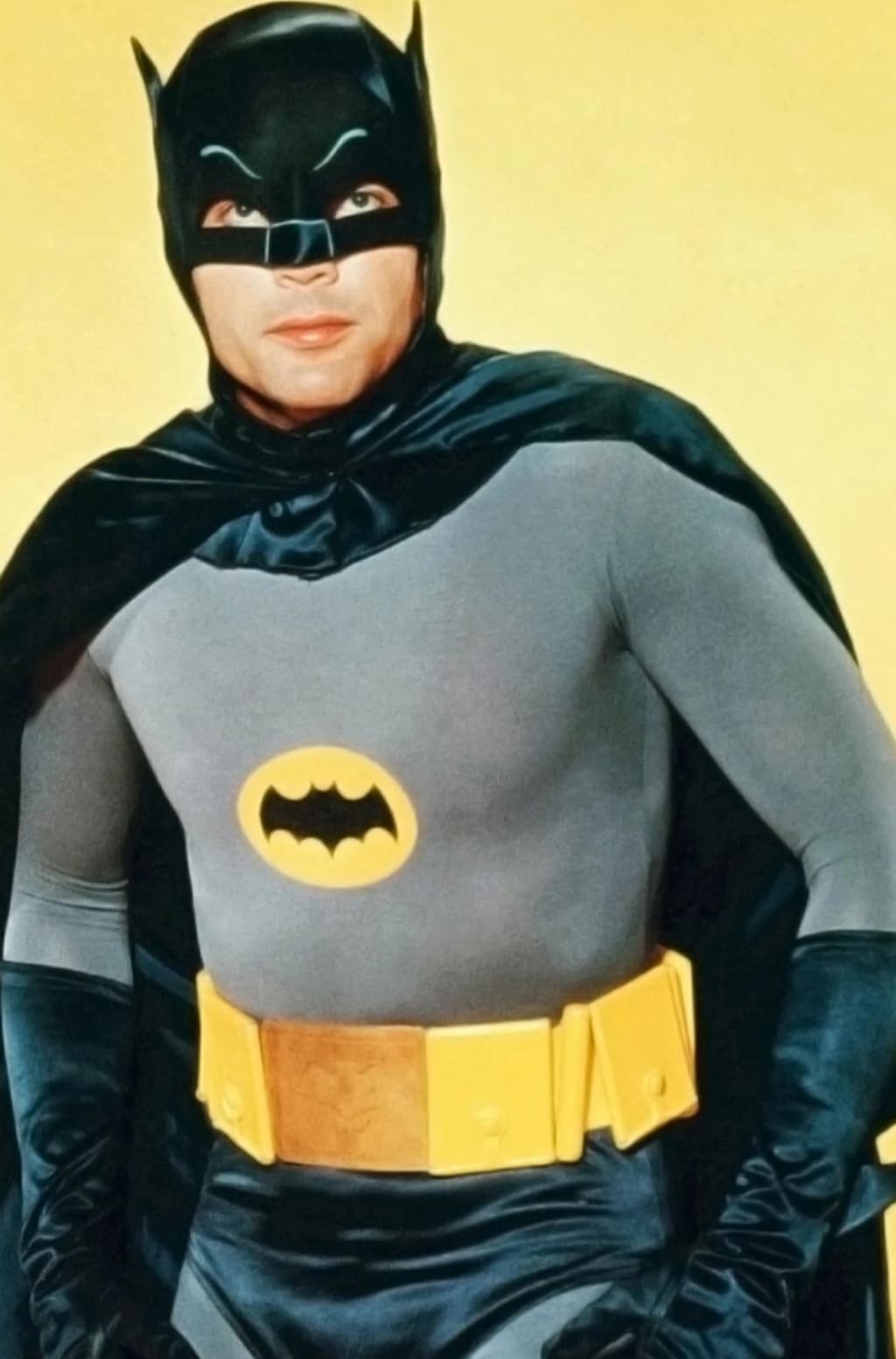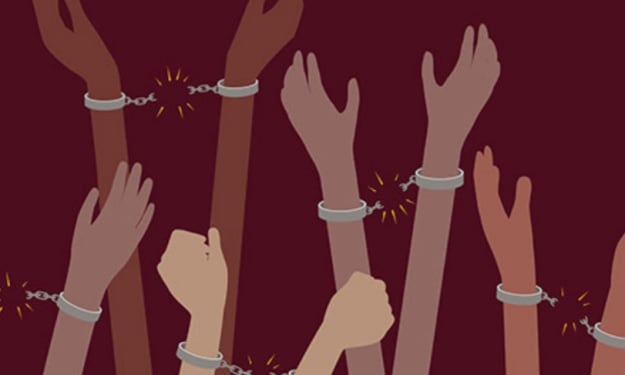
Some of the world’s most popular shows and movies include vigilantes. Whether it’s Batman, Arrow, The Flash, or Dexter, vigilantes have become a popular topic for pastimes and appear very frequently in all forms of entertainment. In video games, movies, books, or television shows, a vigilante is sure to appear. Despite its popularity, however, vigilantism has also found its way into real life. People and larger organized groups of people have taken it upon themselves to be real life superheroes and keep the world safe. While at its core, vigilantism is actually a noble idea, realistically, it is unjustifiable. Although pop culture icons such as Batman have led people to favor the idea of vigilantism, the truth is that vigilante justice should be, and rightfully is, illegal because it requires one to pursue self-perceived justice, is emotionally and physically dangerous, and could ruin actual evidence needed for a conviction.
When it comes to vigilante justice, the motive for action is almost always a need for revenge. Vigilantes take it upon themselves to determine what is wrong and what is right in society. That is because vigilantism requires one to pursue their idea of justice in effort to avenge or change something that they feel has suffered from wrongdoing. Cornell Law even stated that “Vigilantes are often motivated by a desire to avenge a perceived harm or injustice,” (“Vigilante”). Furthermore, despite their ill intent, vigilantes tend to “go too far in their desire for revenge” (Warder). Oftentimes, vigilantes won't stop their quest for “justice” when it becomes violent. They will continue to do their work until they feel that justice has been delivered. Even though some may believe that “vigilantism is about finding ‘justice’ when ‘authorities’ hands are tied by the objective letter of the law,” they couldn’t be further from the truth (“Vigilantism”). Vigilantism doesn’t fix the mistakes made by the justice system, it only creates more problems. When a person breaks a law it creates a problem for society and law enforcement. So, it would seem a little redundant to break the law to achieve justice for another law that has been broken. That circular reasoning would simply accomplish nothing for the vigilante, the justice system, or society. Using the moral high-ground to justify vigilantism doesn’t make much sense either. This is due to the fact that morals are unique to each individual. Hence, what one person may find appropriate, another may not. Therefore, there is no way that a single person could deliver true and absolute justice for a wrongdoing. It may even be difficult for a small group of people to achieve that, but with due process it is possible. However, the notion that one person should act as judge, jury, and executioner to avenge what they think is an injustice is completely and incredibly wrong.
Not only is the idea of vigilante justice wrong, but it is also incredibly dangerous for those pursuing it and those who are sucked in as collateral damage. Vigilante justice creates opportunities for mob rule where “rules of fairness or due process (are) neither considered nor applied,” (McHugh). Because “mob justice can easily teeter into violence,” it is unsafe for all parties involved in a case ("Should"). While vigilante justice may seem like it only poses a physical threat, there is much more to it than that. Vigilante justice is both a physical and emotional hazard for everyone near it for many reasons. Vigilantes tend to exact their revenge in a way that creates violent confrontations and usually ends up with the death of people who may or may not be innocent. Additionally, there is an opportunity for emotional distress and trauma. If the victim of the vigilantes self-pursued justice is innocent, they may suffer from emotional distress if they survive the vigilantes attempts to incriminate them. Furthermore, people who are witness to acts of vigilantism may have emotional baggage after the fact. The vigilante group of villagers in Bolivia are a perfect example of how vigilantism can cause both physical and emotional damage to every person involved. In an isolated area of Bolivia in a rural Quechua village, a lynch mob decide to take justice into their own hands. The mob of nearly 200 villagers killed the unconvicted 17-year-old rapist and murderer, Santos Ramos. They bludgeoned Ramos and bound him to render him defenseless (Warder). The group then proceeded to kill him by throwing him into the open grave of his victim and burying him alive (Warder). Meanwhile, the victim’s funeral was in progress and her chance at a peaceful rest was ruined. Law enforcement tried to stop the mob, however, they were unsuccessful. Police were stopped by the villagers from reaching the burial in time resulting in the painful and agonizing death of Ramos. Not only did Ramos perish in a terrifying live burial, but the other people involved could have suffered a dangerous fate as well. This scenario had the potential to be physically dangerous for both the villagers and police involved. It also caused more emotional harm to the victim’s family. It was bad enough that their loved one been tragically taken from them, but their chance to say goodbye to her was also taken. As a result of this act of vigilantism, they weren’t even able to give her the peaceful and proper burial that she deserved. They never got the closure they needed from their daughter's burial. While it is true that Ramos should have been punished for his crimes, it should have been left to the justice system. That way, the victim’s family could at least have some closure after their great suffering and loss.
Lastly, vigilantism can ruin crucial evidence that is key to getting a lawful conviction. First of all, if a person operating outside of law has no prior experience with handling evidence they could be detrimental to the case. They are “potentially compromising operations,” run by the law enforcement and could be compromising the integrity of an entire case. ("Should") . Additionally, in some cases, the work of vigilantes has created suspicion in the perpetrator, causing them to destroy evidence. A perfect example is illustrated by the group of “pedophile hunters” working to take down child predators. This group creates fake social media accounts in which they pretend to be minors. They then bait child predators and use their messages to gain a conviction (“Should”). While this vigilante group of hackers has good intentions, unlike most vigilantes, they have began to cause issues for law enforcement. “Their amateur stings can potentially tip off the pedophiles and give them time to destroy crucial evidence. . . putting the lives of children at risk” ("Should"). Although they have been helpful in closing the cases on a few predators, their lack of criminal justice knowledge and experience is putting lives at risk. Even when the intentions of the vigilante are truly benign, vigilantism is still creating major issues for society.
Vigilantism stands for something noble at its core, but in actuality it couldn't be any further from that. To take it upon oneself to pursue self-perceived justice, create emotional and physical hazards, and to compromise evidence is wrong in every way imaginable. In most cases, real life vigilantes are just a dangerous and wrong as the criminals they are chasing and usually have no idea what kind of harm they are causing.While the world adores and admires the vigilantes that grace the big screen, real life vigilantes aren’t nearly as entertaining, or astounding, as their silver screen counterparts. Everything considered, that is why vigilantism is illegal and should remain illegal for the betterment of society. Vigilantes, please leave the heroics, or lack thereof, to Batman and Dexter.
About the Creator
P.E. Kyle
A single written word can tell a thousand stories. Buckle up friends; because I know a lot of words.






Comments
There are no comments for this story
Be the first to respond and start the conversation.